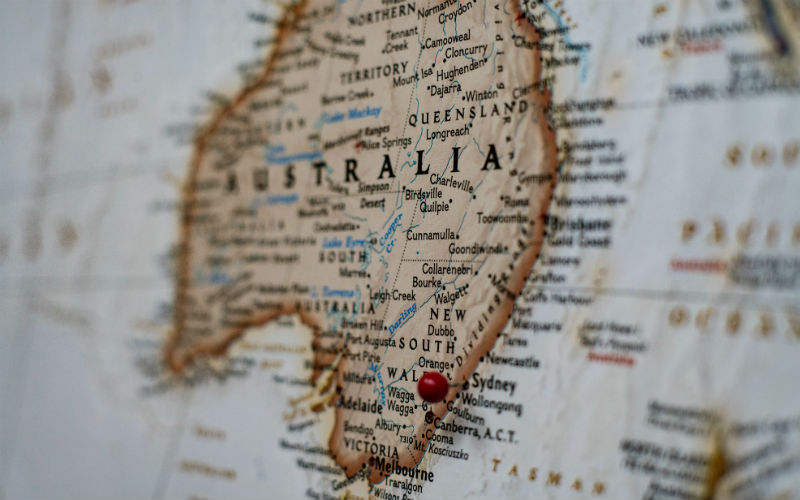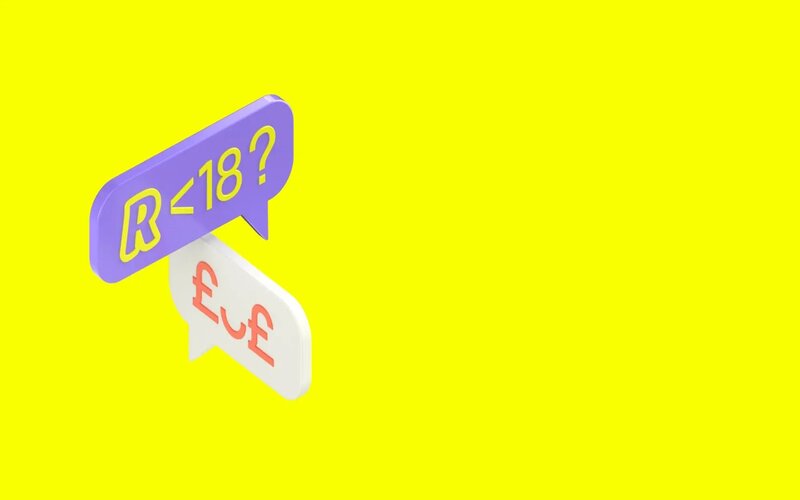The unemployment rate rose to 3.9%, with strong growth for both the number of employed and unemployed Australians.
While the number of unemployed Australians rose by 19,000 in November, this was offset by 61,000 extra people finding work.
The 61,000 newly employed Australians was well above expectations, with NAB, CommBank and Westpac predicting gains between 10-25,000, while ANZ economists thought the number of employed Aussies would drop.
Both the employment-to-population ratio and the participation rate reached new highs, 64.6% and 67.2% respectively, which ABS head of labour statistics Bjorn Jarvis said shows employment kept pace with high population growth throughout 2023.
"The employment-to-population ratio has been high for a long time now, between 64.4 per cent and 64.6 per cent since February 2023," he said.
More people participating in the jobs market - looking for work - can also drive the rate of unemployment up.
Immediately following the Labour Force release, the Aussie dollar made a small gain against the USD, which suggests some currency traders think this means the labour market is holding up stronger than expected, which could increase the likelihood of further rate hikes.
However, the underemployment rate also rose 20 basis points to 6.5%, while the underutilisation rate, which combines unemployment and underemployment, was up 0.3% to 10.4%.
Seek.com.au job listings also fell 4.3% in November following a sharp 5% decline in October, with the number of ads now 33% below the peak of May 2022.
NAB economist Tapas Strickland said this is consistent with some of the "exceptional" tightness in the labour market easing.
"Vacancies have moderated, employment intentions are still reasonably healthy but well off their peaks, and consumer sentiment surveys suggest household expectations for unemployment have risen," he said.
"We expect ongoing cooling in the labour market in response to below trend growth to see the unemployment rate gradually move higher through 2024."
What will the RBA think?
Michele Bullock and the board will be looking for evidence that the labour market is cooling, with the extremely strong employment throughout 2023 boosting domestic demand, and therefore putting more upward pressure on prices.
In the most recent Statement on Monetary Policy, RBA forecasts were for the unemployment rate to hit 4.25% in late 2024/2025, which is considered the highest level of employment that can be sustained without being inflationary.
With GDP growth in the September quarter materially weaker than expected, many analysts think further rate hikes risk plunging the economy into recession.
Ms Bullock has maintained the RBA will continue to wield the "blunt tool" of rate rises if deemed necessary to combat inflation.
For CommBank economist Belinda Allen, the increase in the unemployment and underutilisation rates are enough to suggest the labour market will likely ease as expected, despite the large employment gains.
"Around 35,000 jobs are required to be added each month just to keep the unemployment rate steady," Ms Allen said.
"If migration slows, as intended, this number could slow in 2024, but still should outpace demand for labour.
"We expect it to be harder to hold down the unemployment rate from here given [this] dynamic in a slowing economy and when indicators of the labour market are loosening, albeit slowly."
Photo by Daniel Norris on Unsplash

Ready, Set, Buy!
Learn everything you need to know about buying property – from choosing the right property and home loan, to the purchasing process, tips to save money and more!
With bonus Q&A sheet and Crossword!



 Harrison Astbury
Harrison Astbury
 Emma Duffy
Emma Duffy













